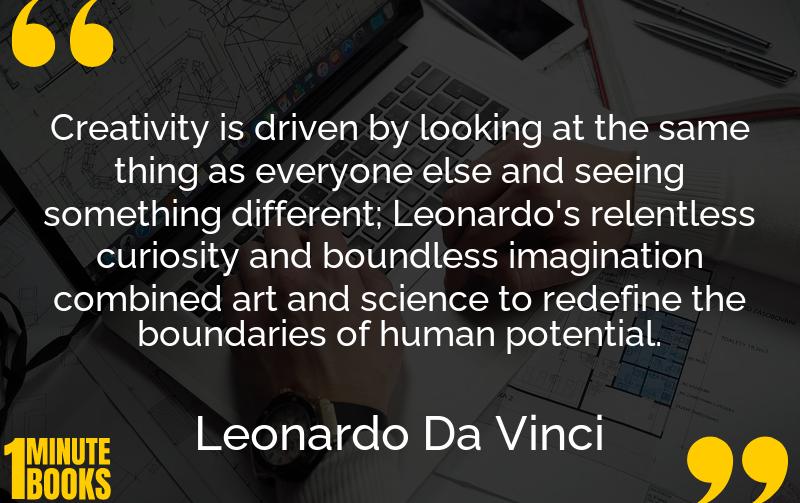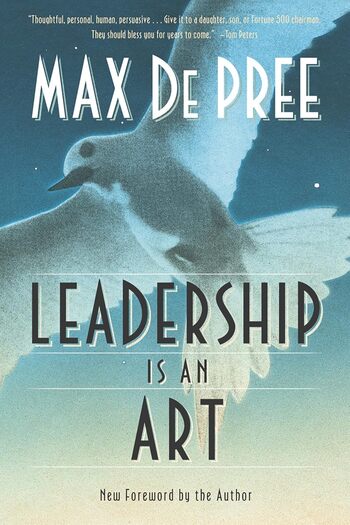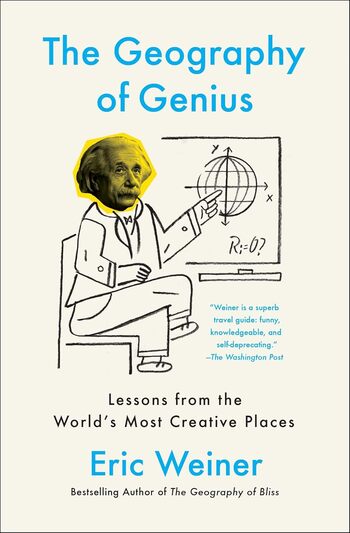
Walter Isaacson’s biography of Leonardo Da Vinci offers a detailed chronicle of the life and works of the iconic Renaissance figure, exploring his art, scientific discoveries, and historical context.
Main Lessons
- Leonardo Da Vinci’s life is documented through a wealth of personal writings and historical letters.
- His works are examined through advanced art studies, including infrared and fingerprint analysis.
- The book explores Leonardo’s impact on various fields, from anatomy to military engineering.
- Isaacson discusses the influence of patrons and the political climate of Leonardo’s era on his work.
- Leonardo is portrayed as a curious and relentless seeker of knowledge, bridging art and science.
- The biography provides insight into Leonardo’s relationships with contemporaries, including Michelangelo.
- It highlights Leonardo’s human side, making him relatable rather than a distant historical figure.
- The narrative includes detailed analysis of significant works like the Vitruvian Man.
- Isaacson emphasizes the meticulous documentation and breadth of Leonardo’s life work.
- The book is praised for its accessible and engaging writing style, fitting both novices and experts.
- Leonardo’s legacy as a polymath who transcended the confines of traditional disciplines is underscored.
- The biography provides a vivid portrayal of Renaissance society, enhancing comprehension of Leonardo’s world.
- The role of technology in art conservation and understanding historic works is explored within.








